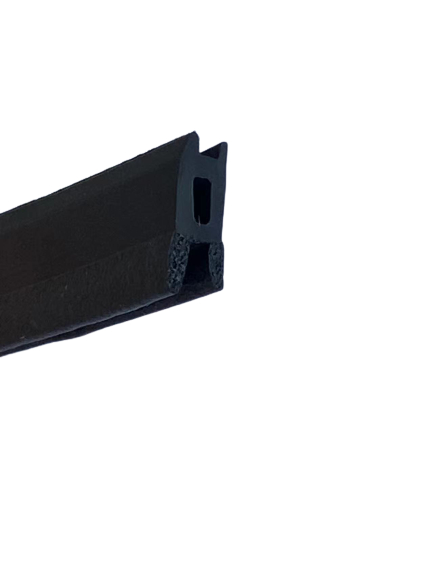დეკ . 27, 2024 08:32 Back to list
rubber glass sealing strip
The Significance of Rubber Glass Sealing Strips in Modern Industry
In an era where efficiency and durability are paramount, the rubber glass sealing strip has emerged as a crucial component across various industries. These strips serve as effective barriers, ensuring that glass components remain securely held in place while providing protection against environmental factors. Their application and importance cannot be overstated, particularly in sectors such as construction, automotive, and electronics.
Understanding Rubber Glass Sealing Strips
Rubber glass sealing strips, often made from materials such as EPDM (Ethylene Propylene Diene Monomer), silicone, or nitrile rubber, are designed to create a tight seal between glass panes and frames. This sealing capability is imperative for preventing air and moisture ingress, which can compromise the integrity of the structure or the units they are installed in. These strips come in various shapes and sizes, accommodating different glass thicknesses and types of frames.
Applications Across Industries
1. Construction and Architecture In the building industry, rubber glass sealing strips play a significant role in windows and facades. They not only enhance the aesthetic appeal of buildings with their clean lines but also contribute to energy efficiency. By preventing air leaks, they help maintain comfortable indoor temperatures, thereby reducing heating and cooling costs. Additionally, these seals protect against water intrusion, which can lead to mold growth and structural damage.
2. Automotive Industry In vehicular applications, rubber glass sealing strips are used extensively in windshields, side windows, and rear glass. They serve as a cushion against vibrations, ensuring that glass components remain intact even under rigorous driving conditions. The seals also prevent water and noise from entering the vehicle cabin, significantly enhancing the driver's comfort and safety. With advancements in the automotive sector towards electric vehicles, the demand for improved sealing technology is also on the rise.
rubber glass sealing strip

3. Electronics The electronics industry utilizes rubber glass sealing strips in devices such as screens and enclosures. These seals protect delicate electronic components from dust, moisture, and other contaminants. With the increasing trend of miniaturization in electronics, the demand for efficient sealing solutions that do not compromise design integrity has surged. Rubber strips offer the flexibility and resilience needed to meet these challenges.
Benefits of Using Rubber Glass Sealing Strips
- Durability Rubber sealing strips are designed for longevity, withstanding the rigors of temperature fluctuations and exposure to UV rays without degrading. - Versatile Applications Their adaptability allows them to be used in various setups, from residential windows to commercial buildings and automotive applications. - Cost-Efficiency By reducing the need for repair or replacement due to environmental damage, these seals save costs in the long run.
- Enhanced Aesthetics Available in a range of colors and finishes, rubber sealing strips can complement the design of glass installations without being visually obtrusive.
Conclusion
Rubber glass sealing strips represent an essential innovation tailored to meet the demands of modern industry. Their role extends beyond mere functionality; they contribute to energy efficiency, safety, and aesthetics in a variety of applications. As industries continue to evolve, the importance of reliable sealing solutions like rubber glass sealing strips will only grow. With ongoing advancements in materials and design, we can anticipate even more efficient and effective sealing options in the future, paving the way for enhanced performance across all sectors where glass is a key feature. Whether in the construction of skyscrapers, the production of cutting-edge electronics, or the manufacturing of vehicles, the versatility and reliability of rubber glass sealing strips make them invaluable to contemporary industry standards.




